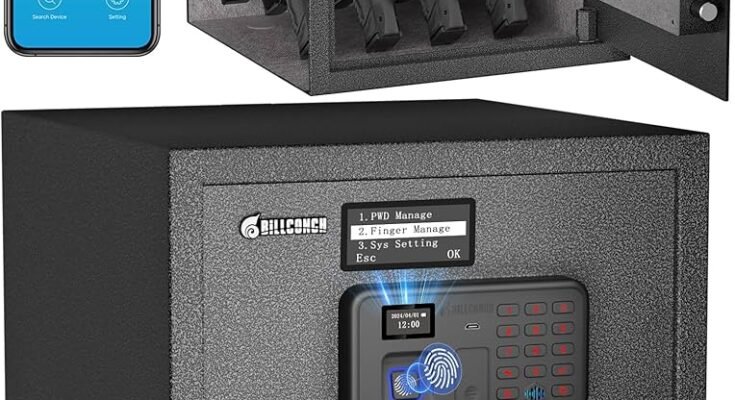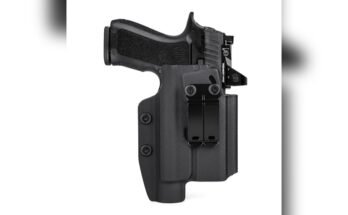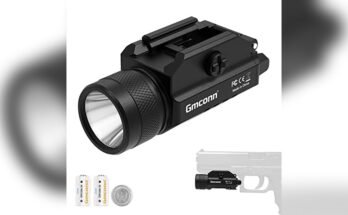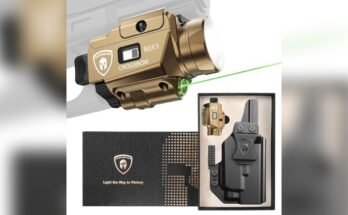If you’ve ever wondered, Can I use one holster for multiple guns?, you’re not alone. It’s a common question from new and seasoned shooters alike. I’ve helped many owners find a safe, practical setup that fits their needs, budgets, and carry style. Here’s the short answer: sometimes, with limits. Some pistols can share a holster. Others cannot. The key is knowing how holsters work, what “fit” really means, and where you can compromise without risking safety or reliability. Stick with me and I’ll show you how to make the right call for your setup.
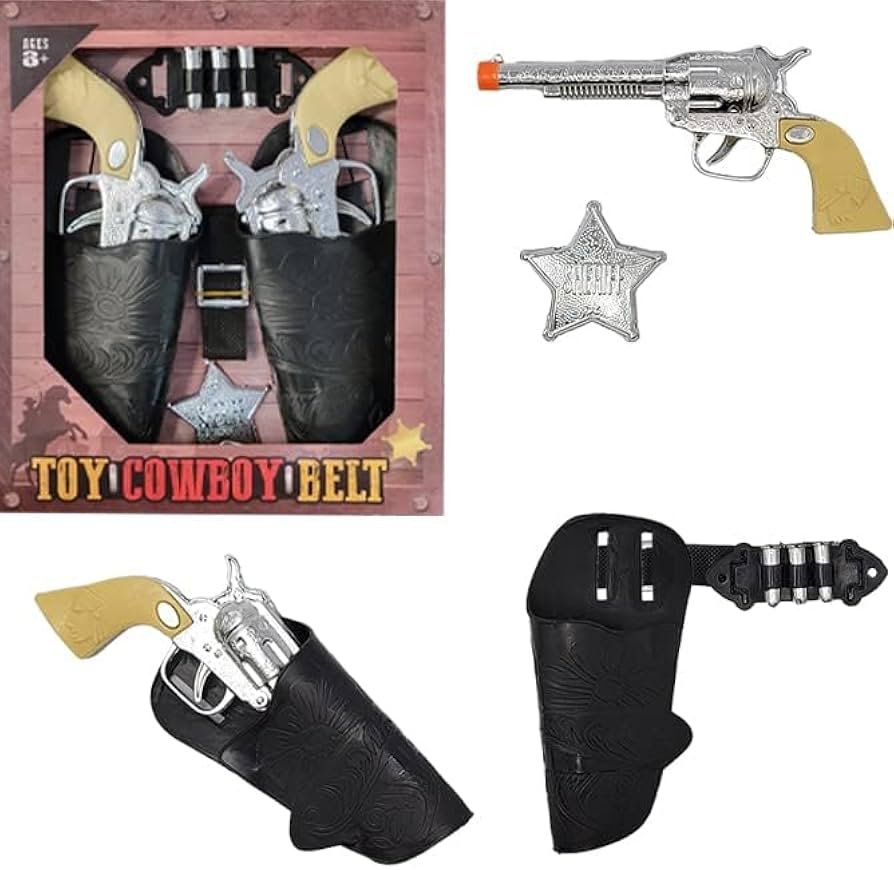
What “One Holster For Multiple Guns” Really Means
Using one holster for more than one pistol can mean two things:
– Multi-fit holster. A holster designed to fit a group of pistols with similar size and shape.
– Cross-compatibility. A model-specific holster that happens to fit two guns with near-identical frames or slides.
Here’s the big idea: holsters secure a gun by controlling key surfaces like the trigger guard, slide width, muzzle, and sometimes accessories. If those points match across guns, a shared holster may work. If they don’t, you’ll get poor retention, odd draw angles, or unsafe trigger coverage.

How Holster Fit Actually Works
Holster fit comes down to a few dimensions and design features:
– Trigger guard geometry. This is the primary index point for Kydex holsters. Even slight changes can ruin retention.
– Slide and frame width. Wider or narrower slides change friction and retention feel.
– Muzzle length. Longer barrels can bottom out. Open-muzzle holsters allow more flexibility.
– Sights and optics. Taller sights or optics need clearance. Some holsters are optics-ready.
– Lights and lasers. A weapon light changes the holster’s profile entirely. Light-bearing holsters are often light-specific, not gun-specific, but only within limits.
– Safeties and controls. Manual safeties, takedown levers, and slide stops can hang up if a holster is not cut for them.
Brands publish fit charts that map holsters to models. These charts reflect dimensional data and testing. When in doubt, rely on those charts first.

When One Holster Can Work For Multiple Guns
You can often share a holster when:
– Same frame family. Example: Glock 19 and Glock 23 (older .40 and 9mm models) often share holsters due to near-identical frames and slides.
– Compact vs long slide in same series. A Glock 19 usually fits a Glock 17 holster; the longer holster just has extra length. The reverse is not safe.
– 1911 pattern pistols. Many 5-inch 1911s share leather holsters. Variations in rails, sights, and dust cover length still matter.
– Light-bearing standardization. Some Kydex holsters retain on a specific light body (for example, a common compact weapon light). If two guns wear the same light, they may share that holster, assuming slide width and trigger guard clearance are compatible.
– Adjustable retention designs. Some hybrids and Kydex holsters with screws and spacers can be tuned to accept minor differences.
Real-world example:
- A P320 Compact and a P320 Carry can sometimes share a light-bearing holster that indexes on the light. But a P365 will not safely share that holster due to its smaller frame and different geometry.
When Sharing A Holster Is A Bad Idea
Avoid sharing a holster if:
– Trigger coverage is incomplete. If any part of the trigger is exposed or the guard is not fully covered, stop. This is a hard no.
– Retention is inconsistent. If you can shake the gun loose or it binds during the draw, it’s not a fit.
– Controls snag. Extended mag releases, slide stops, or safeties can catch on the holster.
– You changed the setup. A new optic, compensator, taller sights, or a different light can break fit.
– Duty or defensive carry. For daily carry, especially concealed carry, use a model-specific or manufacturer-approved multi-fit holster that passes a full function check.
A poor fit can slow your draw, cause accidental magazine release, or, worst case, lead to an unsafe trigger press during holstering.

Pros And Cons Of Multi-Fit Holsters
Pros:
– Budget-friendly. One purchase can cover a couple of pistols.
– Training convenience. Use the same holster position and draw stroke with different guns.
– Flexibility. Good for range days, rentals, or loaner guns.
Cons:
- Compromise on retention. It may never feel perfect across all pistols.
- Bulk and print. Universal designs can be thicker and print more under clothes.
- Accessory limits. Optics, lights, and tall sights reduce compatibility.
- Wear points. Holster rub can mark slides differently across guns.
Types Of Holsters And Their Multi-Gun Potential
– Universal nylon or cloth. Fit many shapes, but offer poor retention and slow draws. Best for range transport, not carry.
– Leather pancake or OWB. Often forgiving and comfortable, may fit families of similar guns. Retention varies as leather breaks in.
– Kydex model-specific. Best for safety and speed. Some cross-compatibility within the same gun family is possible.
– Hybrid IWB. Kydex shell plus soft backer. Comfortable and adjustable. Still depends on shell geometry.
– Light-bearing Kydex. Sometimes light-specific. Two guns with the same light may share one holster, but always test for trigger coverage and control clearance.
– Level 2/3 duty holsters. Usually model-specific. Sharing is rare and not advised.
How To Test Fit Safely Before You Commit
Do this every time you try to share a holster:
– Unload twice. Remove magazine, lock slide back, and visually and physically check the chamber.
– Holster check. Insert the pistol slowly. Ensure the trigger is fully covered, and the gun seats without force.
– Retention test. With an empty pistol, hold the holster upside down over a soft surface and shake lightly. It should not fall out if the holster is meant to retain that way.
– Draw stroke. Practice a slow draw and reholster. No binding, no snagging, no scraping that stops the draw.
– Movement test. Walk, sit, and bend. Check for printing, comfort, and whether the gun shifts.
– Adjust and repeat. If the holster has retention screws or belt attachment options, tune and retest.
If any step fails, do not use that combo.
Use Cases: When Sharing Works And When It Doesn’t
Good use cases:
– Range practice with similar compact pistols and a quality multi-fit Kydex holster.
– Training with two slide lengths in the same family using a longer holster.
– Dry fire at home when you want consistent holster reps across guns you own.
Poor use cases:
- Daily concealed carry in public with a loose, generic holster.
- Duty or competition where speed and retention are mission-critical.
- Any setup with a new optic, comp, or light that changes fit.
Buying Tips: What To Look For
– Verified fit chart. Choose makers who publish tested model lists.
– Adjustable retention. Look for sturdy screws, rubber spacers, and defined click retention.
– Optics-ready cuts. Ensure room for red dots and tall sights if needed.
– Open muzzle. Adds length flexibility and helps with threaded barrels or comps if the maker approves it.
– Belt attachment quality. Rigid clips or loops sized to your belt. Poor attachments cause shifting and printing.
– Sweat guard height. Mid or full guards help with comfort and consistency across similar frames.
– Return policy. A fair return window lets you test fit at home.
Common Mistakes To Avoid
– Assuming all “Glock 19 holsters” fit every compact. They do not. Tolerances matter.
– Ignoring weapon lights. A light-bearing holster is usually light-specific.
– Over-tightening retention. Can crack Kydex or mask a bad fit.
– Skipping the unload step. Always verify clear before testing.
– Carrying before testing. Range-test first, then carry.
Maintenance And Ongoing Checks
– Inspect screws. Use thread locker where the maker recommends. Recheck monthly.
– Clean the holster. Grit increases wear and drag. Wipe with mild soap and water.
– Watch for wear. Deep grooves or cracks in Kydex or collapsed leather mean it’s time to replace.
– Re-test after changes. Any new sights, optics, or lights demand a new fit check.
Legal And Safety Notes
– Follow all local laws on concealed carry, open carry, and transport.
– Keep your finger off the trigger while holstering. Go slow. Look the pistol into the holster if safe to do so.
– Use a rigid holster that covers the trigger. No exceptions for carry.
– Seek professional training. A short skills class pays off for safety and speed.
Frequently Asked Questions Of Can I Use One Holster For Multiple Guns?
Can A Glock 19 And Glock 23 Share The Same Holster?
Yes, many older Gen 3/Gen 4 models can share holsters due to similar dimensions. Always test retention and trigger coverage first and verify with the holster’s fit chart.
Will A Light-Bearing Holster Fit Any Gun With That Light?
Often, but not always. Many designs index on the light body, which helps. Slide width, trigger guard shape, and control placement still matter. Test before carry.
Can I Use A Longer Holster For A Shorter Gun?
Usually yes. A Glock 17 holster can often carry a Glock 19. The reverse is risky because the muzzle may protrude and expose the slide or front sight.
Are Universal Nylon Holsters Safe For Concealed Carry?
They are flexible but often lack firm retention and consistent trigger protection. They are better for range transport than daily carry.
How Do Optics And Tall Sights Affect Fit?
You need an optics-ready cut and sight channel. Without them, the slide may snag or not seat. Choose a holster built for red dots and tall sights.
What If My Holster Fits, But The Draw Feels Rough?
Adjust retention if possible, clean the holster, and check for interference points. If the draw still binds, it’s not a safe or effective fit.
Can Leather Holsters Work For Multiple Guns?
Sometimes. Leather can “mold” slightly with use, which helps, but it may also loosen over time. Test often and replace if retention degrades.
Wrap-Up: Make One Holster Work—Safely And Smartly
You can use one holster for multiple guns in select cases, especially within the same firearm family or with a well-designed multi-fit or light-bearing holster. The non-negotiables are full trigger coverage, consistent retention, and a clean, snag-free draw. Test fit with care, verify with maker fit charts, and avoid shortcuts when it comes to daily carry.
Take action today: pick your most-used pistol, check your holster’s fit list, and run the safe fit test steps at home. If it passes, great. If not, invest in the right holster for each gun you carry. Your safety, speed, and confidence are worth it.
